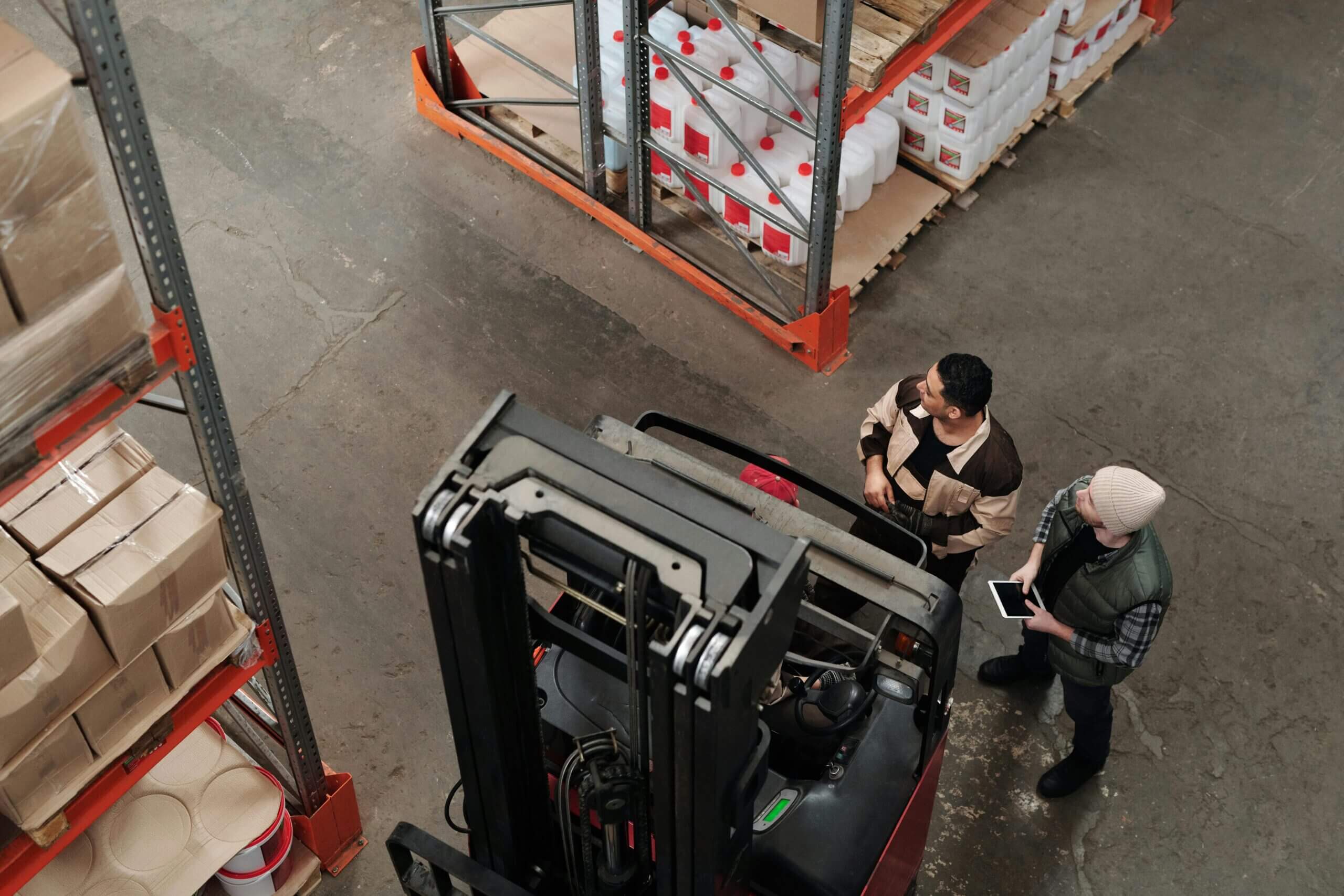Workplace violence is any act or threat of violence against workers. It can occur at or outside the workplace and can range from threats and verbal abuse to physical assaults and homicide. However it manifests itself, workplace violence remains a concern for employers and employees nationwide.
Who is vulnerable?
According to OSHA, workplace violence continues to be among the top causes of death in the workplace. It can strike anywhere, and although no one is immune, some workers are at increased risk. Some common job activities include:
- Exchanging money with the public
- Working with volatile or unstable individuals
- Working alone or in isolated areas
- Providing services and care
- Working where alcohol is served
- Working late at night or in high-crime areas
Workers at higher risk include those in roles such as delivery and taxi/ride share drivers, healthcare professionals, social assistants, public service workers, customer service agents, and law enforcement personnel.
What can employers do to help protect their employees?
To help protect employees from workplace violence, employers can take several key steps: Assess the Workplace: Identify potential threats and establish a site-specific workplace violence prevention program or integrate it into existing safety protocols.
- Policies and Procedures: Create and communicate workplace violence policies that allow for protected submission of concerns or complaints. Ensure the policy accounts for prompt investigative procedures pursuant to the claims.
- Provide Safety Training: Train employees on how to handle and de-escalate volatile situations, and how to protect themselves if de-escalation fails. Train employees on evacuation procedures and how to identify suspicious behavior. Reporting structures should be understood and practiced.
- Secure the Workplace: Install video surveillance, extra lighting, and alarm systems. Control physical access with identification badges, electronic keys, and guards. Collaborate with local police and other local businesses.






